This is the post equivalent of the presentation given for our third progress report.
Outline
- Current Status
- Preliminary I/O for our surrogate model
- Analysis of PCA results
Current Simulations Performed

I/O

Chord Length Detailed
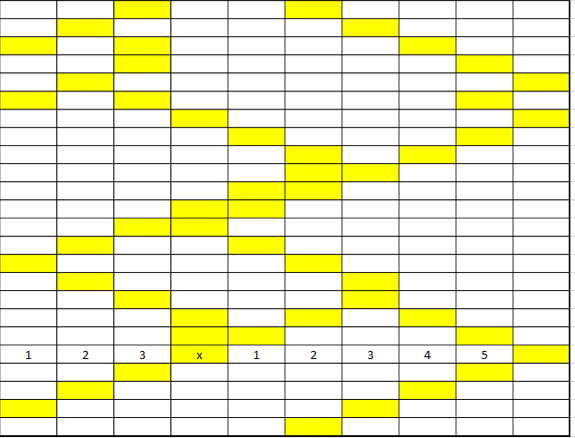
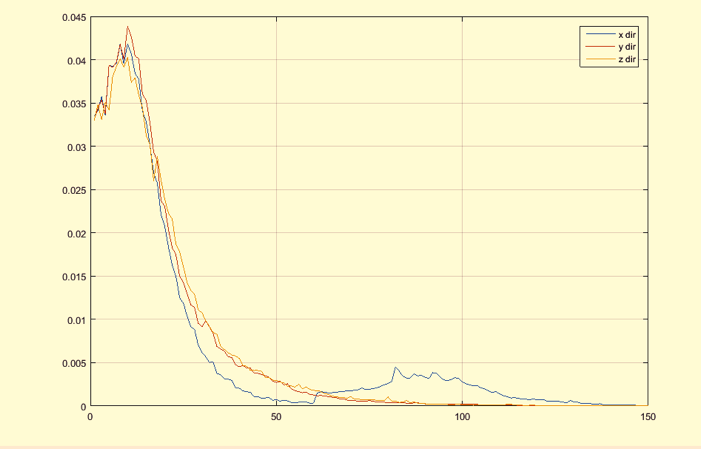
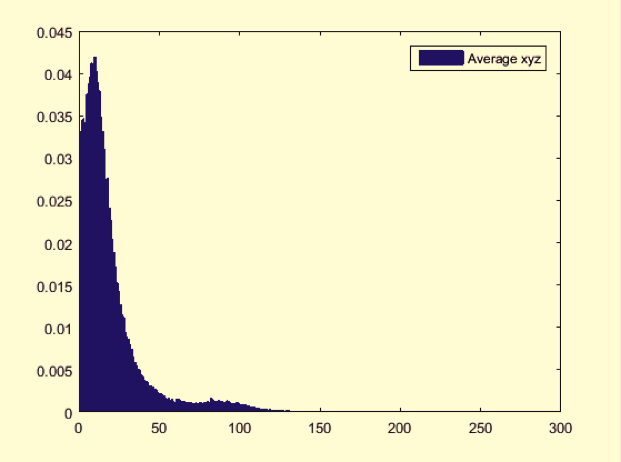
Expansion of our Workflow
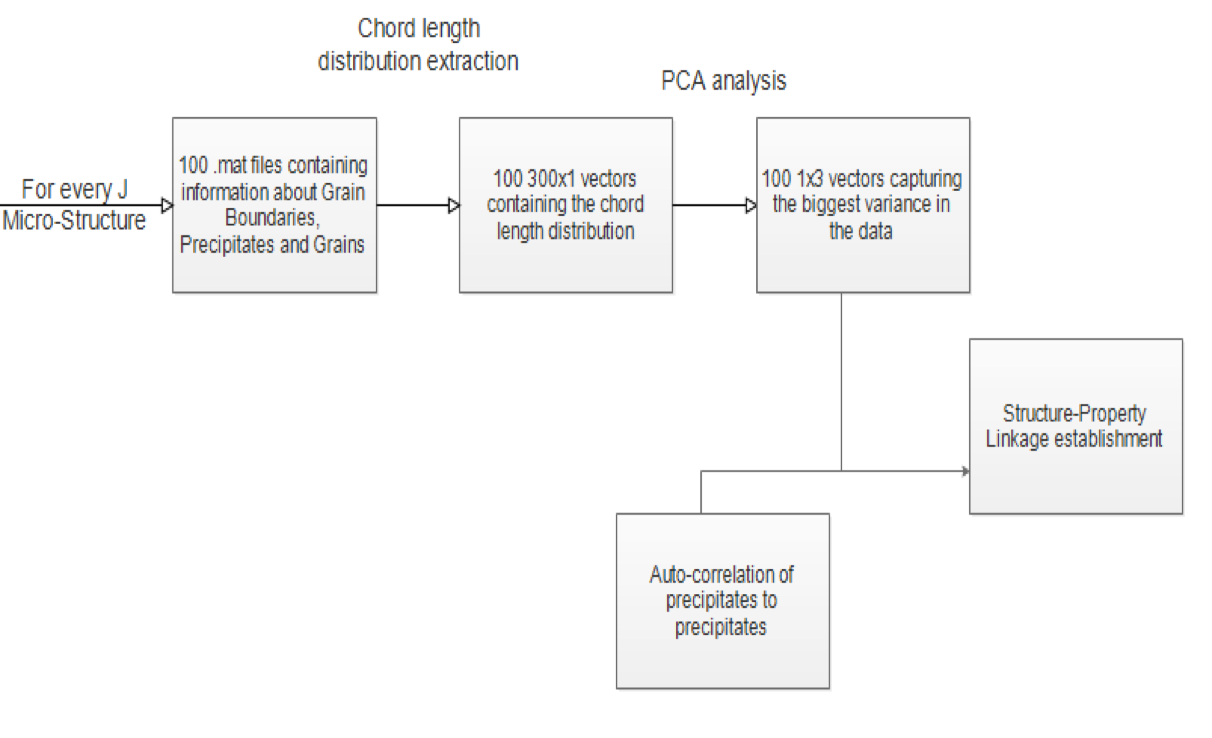
Some Preliminary PCA Results
- 1 case (specific pin shape, pin percentage) for 10 time-steps
- Can already see converging to steady state by clustering of data points
- Cross correlation of boundary and pins
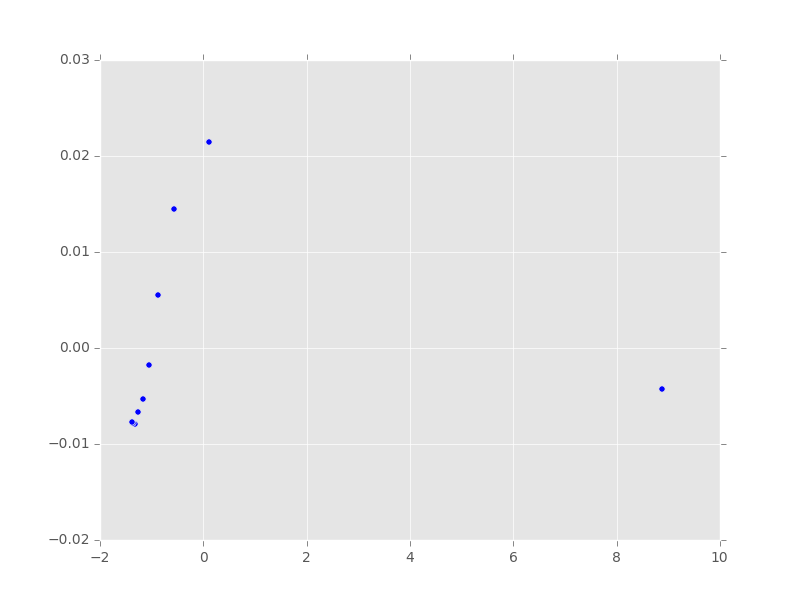
- 3 cases varying pin shape for given percentage for 5 time-steps
- Can see path in PCA space as microstructure evolves

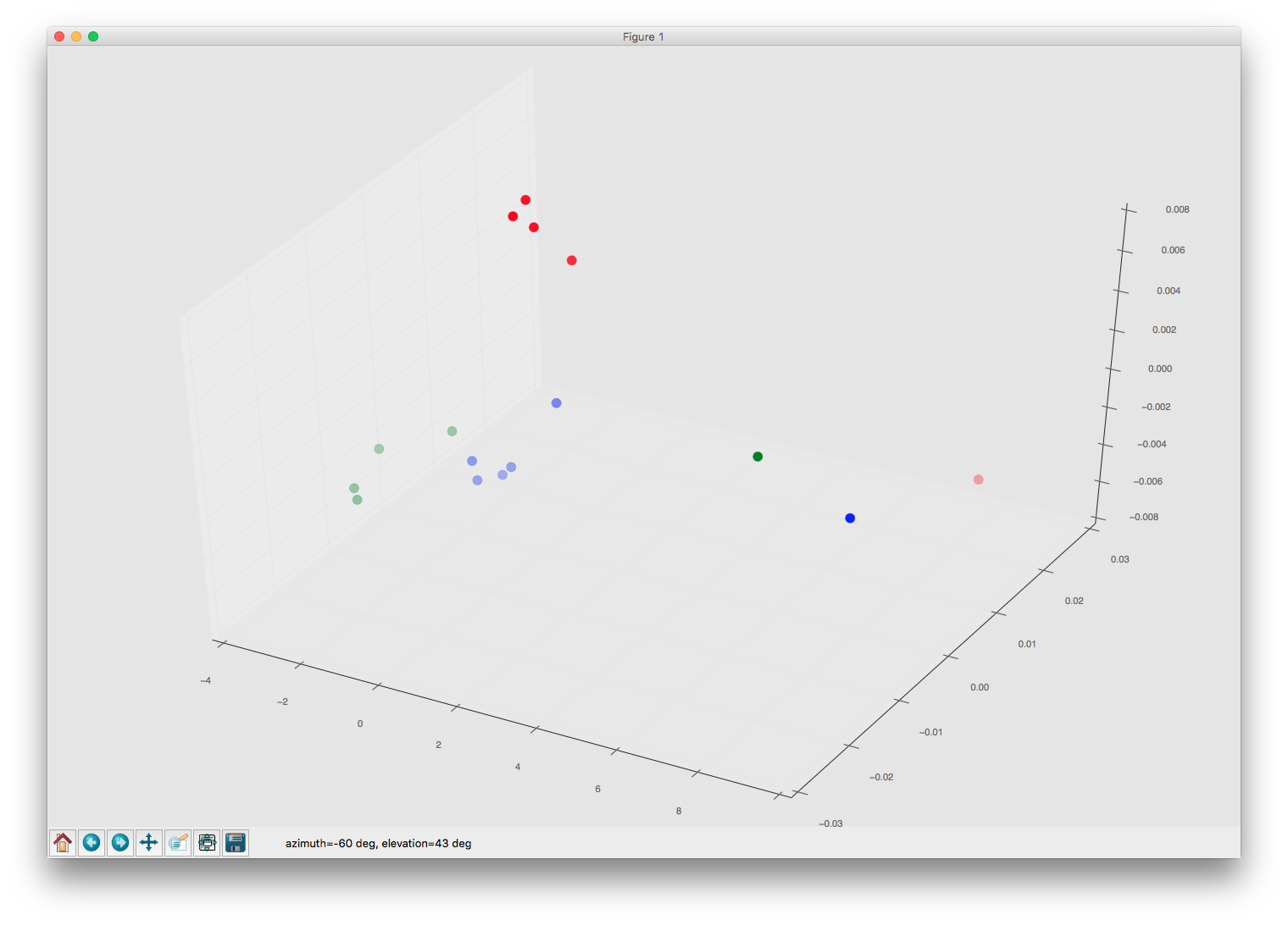
So, Our Input PCA Data Matrix…
- Remember our data matrix from presentation II?
- Size: (n_simulations, 300^3) => (184, 27000000)
- Main issue in 3D 2pt statistics of 300^3 microstructure computation is memory
So, Our Input PCA Data Matrix…
- That’s big (really big)
- We need a better way to work with this
- Suggestions welcomed
- Planning to talk to Ahmet about recent reduction work
- 2pt statistics in 2D tappers off, expect similar feature in 3D
Attempt of PCA on Chord Length Distribution
- Example of what not to do
- PCA on chord length distribution without normalization
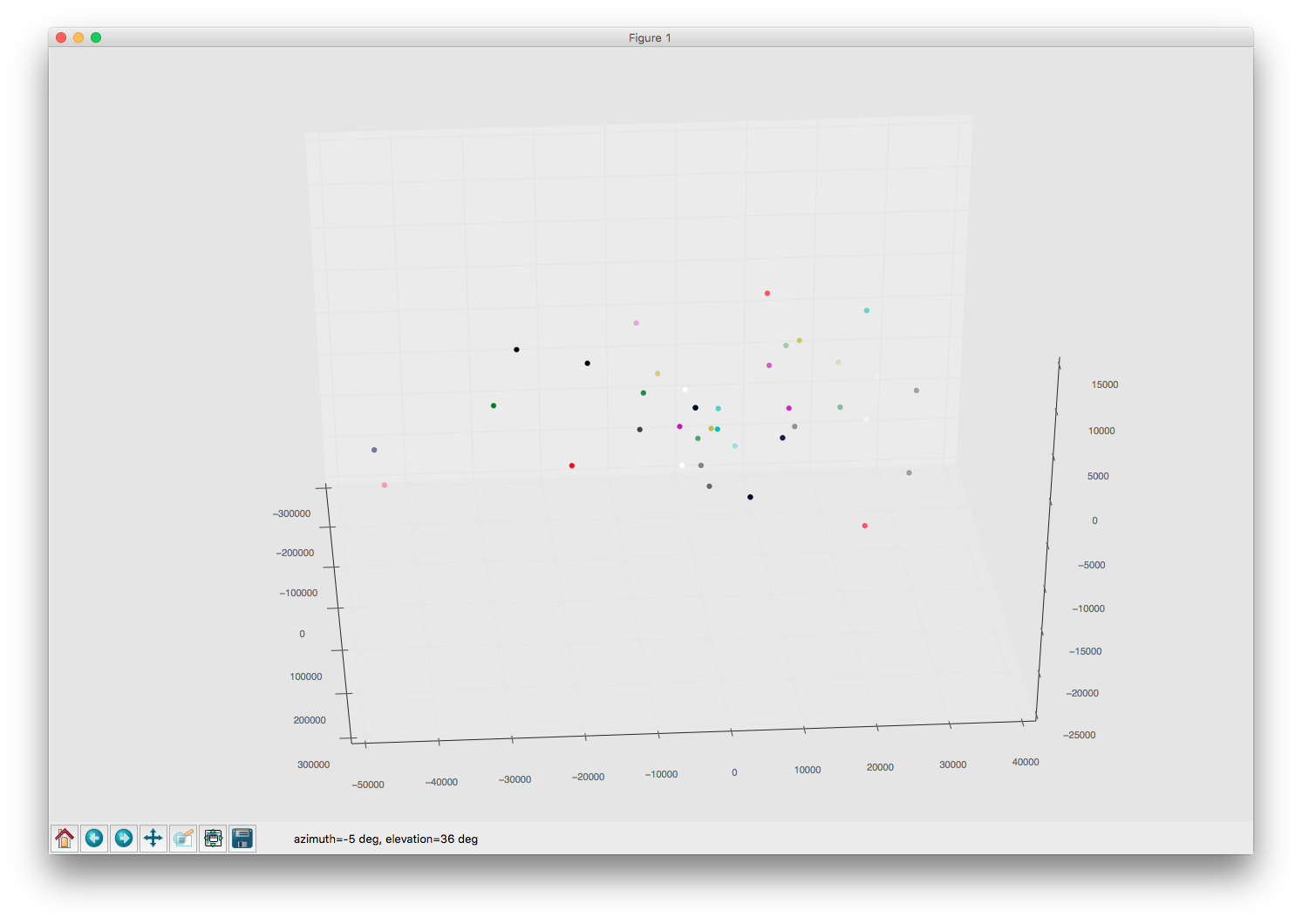
Next Steps
- Determine appropriate truncation of microstructure data to perform PCA without the need for large amounts of memory
- Talking to Ahmet
- Gather all chord length distribution data
- Done as of this morning!
- Run PCA on normalized chord length data
- Work with David Brough to use latest fitting code to create linkages